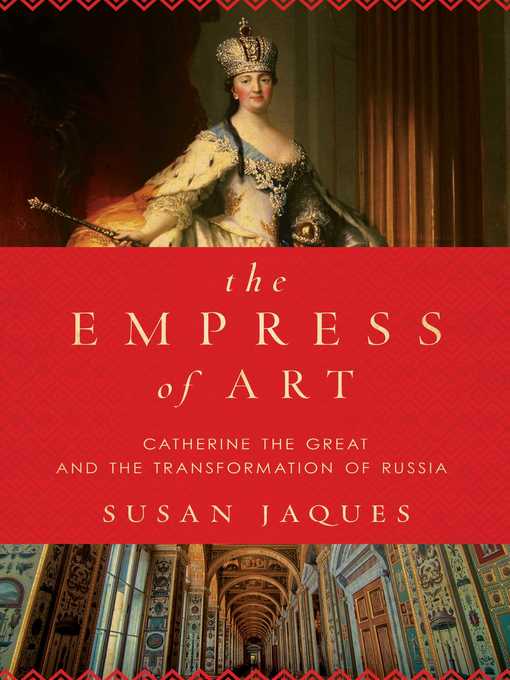
The Empress of Art
کتاب های مرتبط
- اطلاعات
- نقد و بررسی
- دیدگاه کاربران
نقد و بررسی

January 25, 2016
Art writer Jaques (A Love for the Beautiful) portrays Catherine II of Russia (1729–1796), founder of the Hermitage Museum in St. Petersburg, as a shrewd investor in this considerate biography of the art-obsessed monarch. The ambitious, German-born empress remains a rich source of material for biographers due to her legendary love life as well as her determination to “put her picture gallery on the map.” Catherine, a voracious reader as well as a supporter of “enlightened despotism,” deftly maneuvered her way out of a loveless marriage and carried out the expansionist mandate of Peter the Great. In an effort to match the art collection of Frederick the Great of Prussia, she engaged advisers such as French philosopher Denis Diderot. With the Parisian art scene heating up in the late 18th century, Catherine bought in bulk, often from the heirs of well-known collectors. Russia’s deep pockets afforded her masses of silver, porcelain, gems, and other objects, much of which she bequeathed to her beloved grandson, Alexander. By 1791 she had outstripped her rivals, and her relentless pursuit of artwork had turned St. Petersburg into a cultural center. The Hermitage marked its 250th anniversary in 2014, and as Jaques shows, it stands as a fitting testimonial to its visionary founder. Color Photos. Agent: Alice Martell, Martell Literary.

February 15, 2016
After taking power from her husband in a coup d'etat, Catherine the Great (1729-96) crowned herself with an ornate, newly made jewel-encrusted gold and silver crown valued at one-eighth of the annual Russian state budget. She then embarked on a spare-no-expense pursuit of art over the course of her 34-year reign. Jaques (docent, Getty Museum; A Love for the Beautiful) focuses on how Catherine's prolific art acquisitions transformed Russia into a worldwide cultural powerhouse. As a form of statecraft, Catherine's collecting conveyed authority and sophistication, making her and Russia a force to be reckoned with among nations. She pursued paintings, sculpture, gems, cameos, archaeological finds, silver, porcelain, architecture, and books; these collections form the basis of today's Hermitage Museum in St. Petersburg. Jaques's detailed description of Catherine's passion for art stands on its own as a vivid portrayal of a fascinating ruler, or as an excellent companion to Robert Massie's Catherine the Great: Portrait of a Woman. VERDICT Readers of biography, art history and collecting, Russian history, and 18th-century world history will enjoy this book. Lovers of opulence will drool over Catherine's lifestyle.--Laurie Unger Skinner, Coll. of Lake Cty., Waukegan, IL
Copyright 2016 Library Journal, LLC Used with permission.

























دیدگاه کاربران